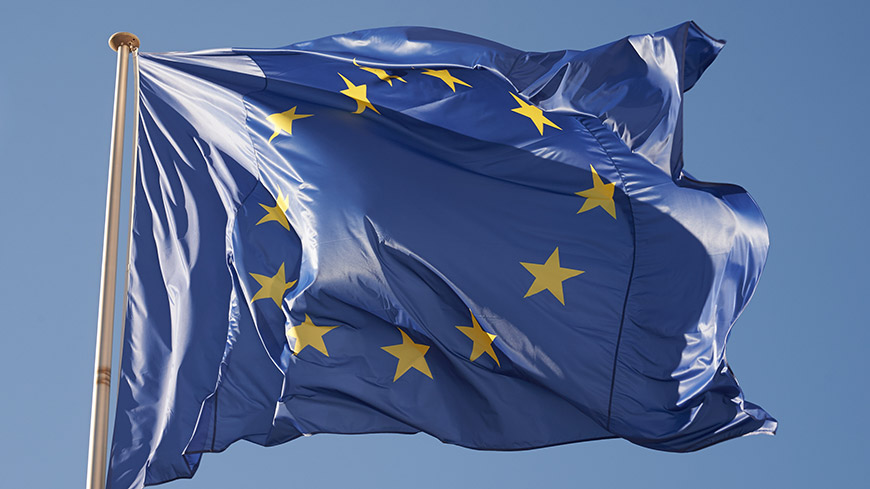Secretary General Jagland and the EU’s High Representative for Foreign Affairs and Security Policy, Federica Mogherini, are launching a series of initiatives to mark the 10th anniversary of the 2007 Memorandum of Understanding between the Council of Europe and the European Union.
In the presence of High Representative Mogherini, the Secretary General said: “Our organisations today work together like never before. Faced with rising nationalism and populism, I believe that developing a positive vision for Europe's future is our shared mission.“
The launch event, at the European Parliament in Strasbourg, includes a high-level panel discussion on achievements over the last decade and perspectives for future cooperation, as well as the opening of a photo exhibition showing highlights from the last ten years.
The Council of Europe and the European Union have worked together for decades but the Memorandum of Understanding further strengthened the relationship by clearly defining the purposes and principles of cooperation and setting out shared priorities in the areas of human rights, democracy and the rule of law.



